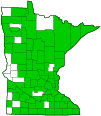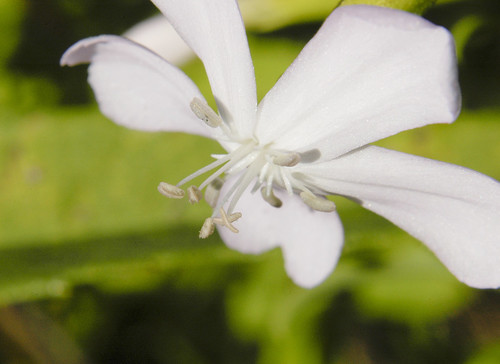bouncing bet
(Saponaria officinalis)
Conservation • Wetland • Description • Habitat • Ecology • Use • Distribution • Taxonomy
Description |
||
Bouncing bet is a 12″ to 36″ tall, erect, perennial forb that rises on one or more stems from a horizontal, underground stem (rhizome). The rhizome is orange, long-creeping, branched, and tough. The plant is usually found in colonies. The stem is erect, stout, hollow, swollen at the nodes, round in cross section, leafy, and hairless or mostly hairless. It is unbranched below the middle and has a few short, horizontal branches in the upper leaf axils but is otherwise unbranched above the middle. It is often tinged red. There are usually 10 to 20 pairs of opposite leaves. The leaves are 1¼″ to 6″ long, and ⅝″ to 1¾″ wide, though they are usually no more than 4¼″ long. The lower leaves are connected to the stem on a 1 ⁄32″ to ⅝″ long, poorly differentiated stalk (petiole). The upper leaves are stalkless. There is often a small cluster of leaves rising from the leaf axil. There are no small, leaf-like appendages (stipules) at the base of the blade or petiole. Each leaf is connected at the base to the leaf on the opposite side of the stem by a narrow, thin tissue. The leaf blade is inversely lance-shaped or egg-shaped, tapered at the base, and tapered to a point at the tip. The upper and lower surfaces are hairless. There are usually 3, rarely 5, prominent, parallel veins. The margins are untoothed and slightly wavy. The lower leaves are usually absent at flowering time. The inflorescence is a dense, dome-shaped cluster (cyme) of showy flowers at the end of the stem and at the end of short, lateral branches in the upper leaf axils. The flowers are on erect to spreading, 1 ⁄32″ to 3 ⁄16″ long stalks. Each flower is ¼″ to 1″ wide. There are 5 sepals, 5 petals, 10 stamens, and usually 2, sometimes 3, styles. The sepals (calyx) are fused at the base and for most of their length onto a cylinder-shaped, ⅝″ to 1″ long, 3 ⁄16″ in diameter tube, then separated at the tip into 5 narrowly triangular, up to ⅛″ long teeth. The calyx tube is green and sometimes tinged with red. It has 15 to 25 parallel veins and is usually hairless but sometimes has a few scattered hairs. At the base of the calyx there is a pair of leaf-like appendages (bracts), but no secondary calyx (epicalyx). The bracts are similar to the upper leaves but smaller. The petals are white to pink. They are narrowed at the base (clawed) and expanded at the tip into 5 ⁄16″ to ⅝″ long, inversely lance-shaped to spoon-shaped lobes. The lobes are rounded or shallowly notched at the tip. They are widely spreading at first, then bend backward as they age. The petals often turn purple when they dry. The stamens have white filaments and pink anthers. They protrude well beyond the calyx tube. The fruit is a ⅝″ to ¾″ long, cylinder-shaped to egg-shaped capsule with 15 to 75 kidney-shaped seeds. |
||
Height |
||
12″ to 36″ |
||
Flower Color |
||
White to pink |
||
Similar Species |
||
| No similar species | ||
Habitat |
||
Streambanks, river banks, pastures, roadsides, disturbed sites. |
||
Ecology |
||
Flowering |
||
July to October |
||
Pests and Diseases |
||
|
||
Use |
||
|
||
Distribution |
||||
|
Sources |
|||
| 1/28/2023 | ||||
Nativity |
||||
Native to the Madeira Islands, Western Asia, and Europe. Introduced and naturalized in North America. |
||||
Occurrence |
||||
Widespread but not common |
||||
Taxonomy |
|||
| Kingdom | Plantae (Plants) | ||
| Division | Tracheophyta (Vascular Plants) | ||
| Subdivision | Spermatophytina (Seed Plants) | ||
| Class | Magnoliopsida (Dicots) | ||
| Subclass | Caryophyllidae | ||
| Superorder | Caryophyllanae | ||
Order |
Caryophyllales (Pinks, Cactuses, and Allies) | ||
Family |
Caryophyllaceae (Pink) | ||
| Subfamily | Caryophylloideae | ||
| Tribe | Caryophylleae | ||
Genus |
Saponaria (soapworts) | ||
Subordinate Taxa |
|||
|
|||
Synonyms |
|||
Lychnis saponaria Saponaria officinalis var. glaberrima |
|||
Common Names |
|||
bouncing bet bouncing-bet bouncingbet bouncingbett bouncingbet soapweed common soapwort soapwort sweet Betty |
|||
Glossary
Axil
The upper angle where a branch, stem, leaf stalk, or vein diverges.
Bract
Modified leaf at the base of a flower stalk, flower cluster, or inflorescence.
Calyx
The group of outer floral leaves (sepals) below the petals, occasionally forming a tube.
Claw
A stalk-like narrowed base of some petals and sepals.
Cyme
A branched, flat-topped or convex flower cluster in which the terminal flower opens first and the outermost flowers open last.
Epicalyx
A whorl of bracts, just below the calyx, resembling a secondary, outer calyx.
Linear
Long, straight, and narrow, with more or less parallel sides, like a blade of grass.
Node
The small swelling of the stem from which one or more leaves, branches, or buds originate.
Petiole
On plants: The stalk of a leaf blade or a compound leaf that attaches it to the stem. On ants and wasps: The constricted first one or two segments of the rear part of the body.
Rhizome
A horizontal, usually underground stem. It serves as a reproductive structure, producing roots below and shoots above at the nodes.
Sepal
An outer floral leaf, usually green but sometimes colored, at the base of a flower.
Stipule
A small, leaf-like, scale-like, glandular, or rarely spiny appendage found at the base of a leaf stalk, usually occurring in pairs and usually dropping soon.
Visitor Photos |
|||||
Share your photo of this plant. |
|||||
| This button not working for you? Simply email us at info@MinnesotaSeasons.com. Attach one or more photos and, if you like, a caption. |
|||||
|
|||||
MinnesotaSeasons.com Photos |
|||||
Habitat |
|||||
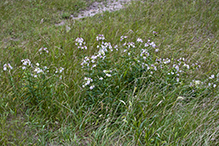 |
|||||
Plant |
|||||
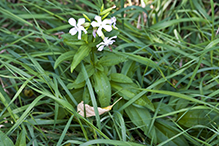 |
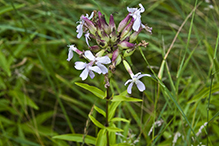 |
||||
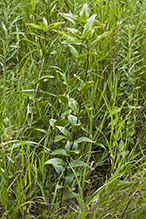 |
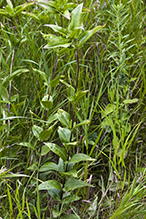 |
||||
Inflorescence |
|||||
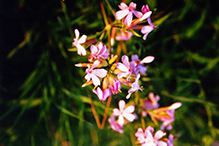 |
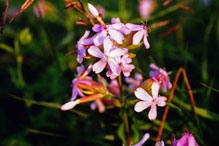 |
||||
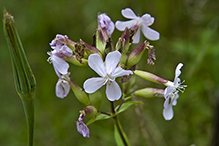 |
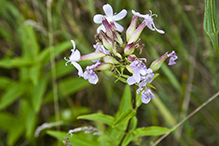 |
||||
Flower |
|||||
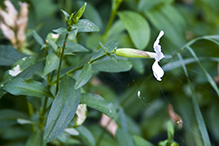 |
|||||
Leaves |
|||||
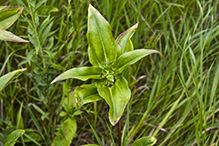 |
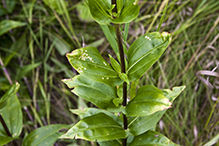 |
||||
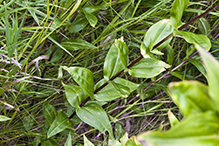 |
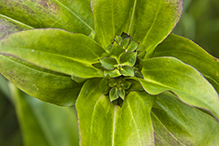 |
||||

Visitor Videos |
|||
Share your video of this plant. |
|||
| This button not working for you? Simply email us at info@MinnesotaSeasons.com. Attach a video, a YouTube link, or a cloud storage link. |
|||
Other Videos |
|||
| Common Soapwort (Saponaria Officinalis) - 2012-09-02 W3stlander |
|||
About
Published on Sep 5, 2012 Common Soapwort (Saponaria officinalis) is a vespertine flower, and a common perennial plant from the carnation family (Caryophyllaceae). Other common names are Bouncing Bet and Sweet William; locally it is simply "the Soapwort" although there are about 20 species of soapworts altogether. ------------- |
|||

Visitor Sightings |
|||||
Report a sighting of this plant. |
|||||
| This button not working for you? Simply email us at info@MinnesotaSeasons.com. Be sure to include a location. |
|||||
|
|||||
MinnesotaSeasons.com Sightings |
|||||

|
Created: Last Updated: © MinnesotaSeasons.com. All rights reserved. |
